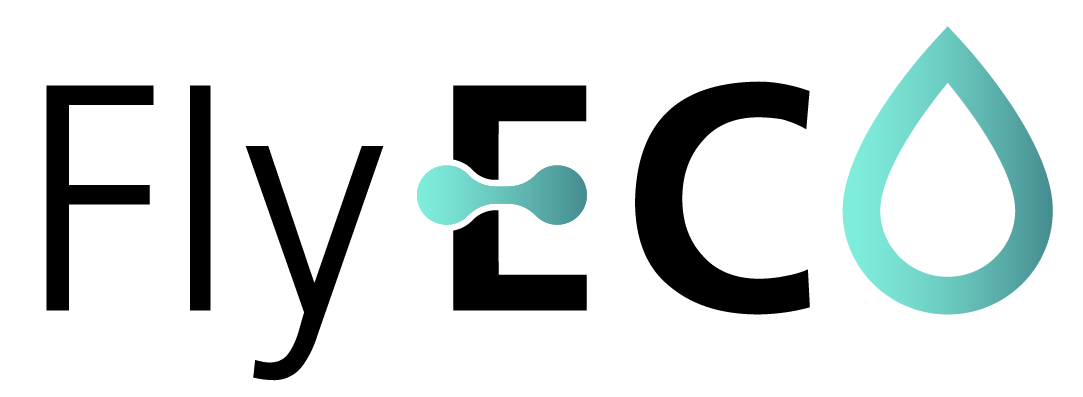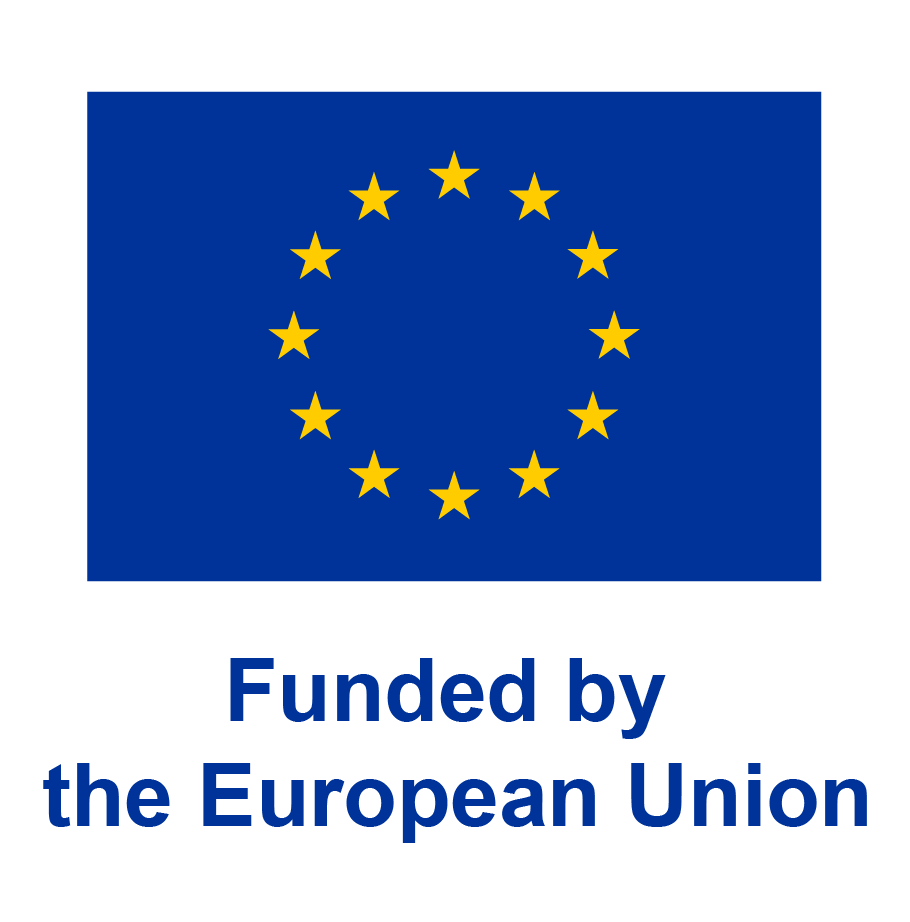A Sustainable Future with low-emission air travel
- January 2024 - December 2026
- 3.5 Mio € + 0.5 Mio € (UK Partner)
- 6 Institutions
-
Motivation
Deliver
advanced simulation tools,
validation methodologies
and controls approachesEliminate
aviation CO2 emissions
as well as
reduce NOX emissionsEnable
hydrogen powered
electrified propulsion
in the one megawatt class -
Project Goals and Objectives
-
Simulation and evaluation of the dynamic performance of GT, SOFC and batteries in a tightly coupled cycle-integrated hydrogen-based propulsion system of one megawatt.
-
Develop and mature necessary, transformative technologies for the coupling and the integrated operation of an airborne hybrid power and propulsion system of GT and SOFC.
-
Development of an overall controls approach to optimize power management and distribution of the IPPS and its validation in cyber-physical demonstrator of GT and SOFC coupling.
-
Cyber-physical demonstration for validation of TLR 3 of hydrogen combustion with steam ingestion to achieve zero CO2 emissions and at least a 50 % reduction in NOX emissions.
-
Contribution to Horizon Europe impact assessment, technical Committees, the Governing Board of the Clean Aviation and Clean Hydrogen partnerships, as well as the scientific community with a technology roadmap for GT-SOFC hybrid systems and open-access publication of datasets and models.
-
- Advisory Board
Funded by the European Union under grant number 101138488 and by the UK Research and Innovation (UKRI) funding guarantee under the project reference 10106893. Views and opinions expressed are however those of the author(s) only and do not necessarily reflect those of the European Union. Neither the European Union nor the granting authority can be held responsible for them.

